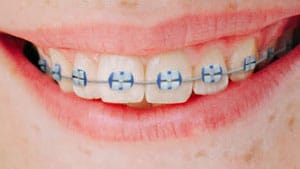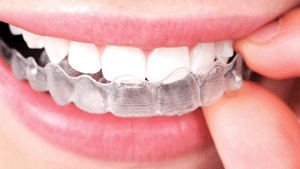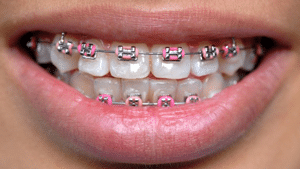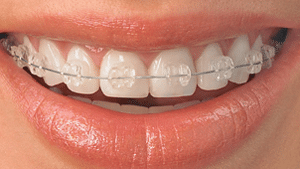Thanks to today’s advances in orthodontic technology, Orthodontic Specialists of St. Louis can provide our patients with more options when it comes to wearing braces than ever before. While traditional metal braces are still widely used, clear braces are very popular with teens and adults who are self-conscious about wearing braces, along with Invisalign removable aligners, the “braceless” alternative to straight teeth. Dr. Shapiro and Dr. Seim will help you determine which treatment option is right for you.
LightForce Orthodontics
This revolutionary program uses 3D printing technology for our practice to create custom-fitted braces for patients in order to achieve the goals of their treatment plan. Each bracket is designed especially to fit the unique anatomy of each tooth in a patient’s mouth. LightForce Brackets are designed with patient comfort in mind. Lightforce materials and custom base provide the necessary strength to minimize contact with the soft tissues of a patients’ gums and mouth, resulting in a comfortable fit for a straight and healthy smile! Learn more about LightForce here.

Invisible Braces
Clear appliances, such as Invisalign, use a series of invisible, removable, and comfortable aligners to straighten your teeth. No one can tell you are wearing those aligners because they are invisible! Invisalign aligners are removable so you are not limited in what you can eat and drink during treatment. Plus… brushing and flossing are less of a hassle. The aligners are comfortable and have no metal to cause mouth abrasions during treatment.

Metal Braces
Traditional metal braces are the most common type of braces used today. They are smaller and more comfortable than ever before and constructed of high-grade space age metal alloys. With metal braces, you have the option of adding colored elastics (rubber bands) for a more unique and colorful smile.
Ceramic Braces
Ceramic braces are made of clear materials and are therefore less visible on your teeth than metal braces. For this reason, ceramic braces are used mainly on teenage and adult patients who have aesthetic concerns. While they are visually less prominent, they do require more attention to oral hygiene since ceramic braces are larger. The only drawback to ceramic brackets is that they are more fragile and the elastic ties can discolor between orthodontic visits with certain foods and smoking.

